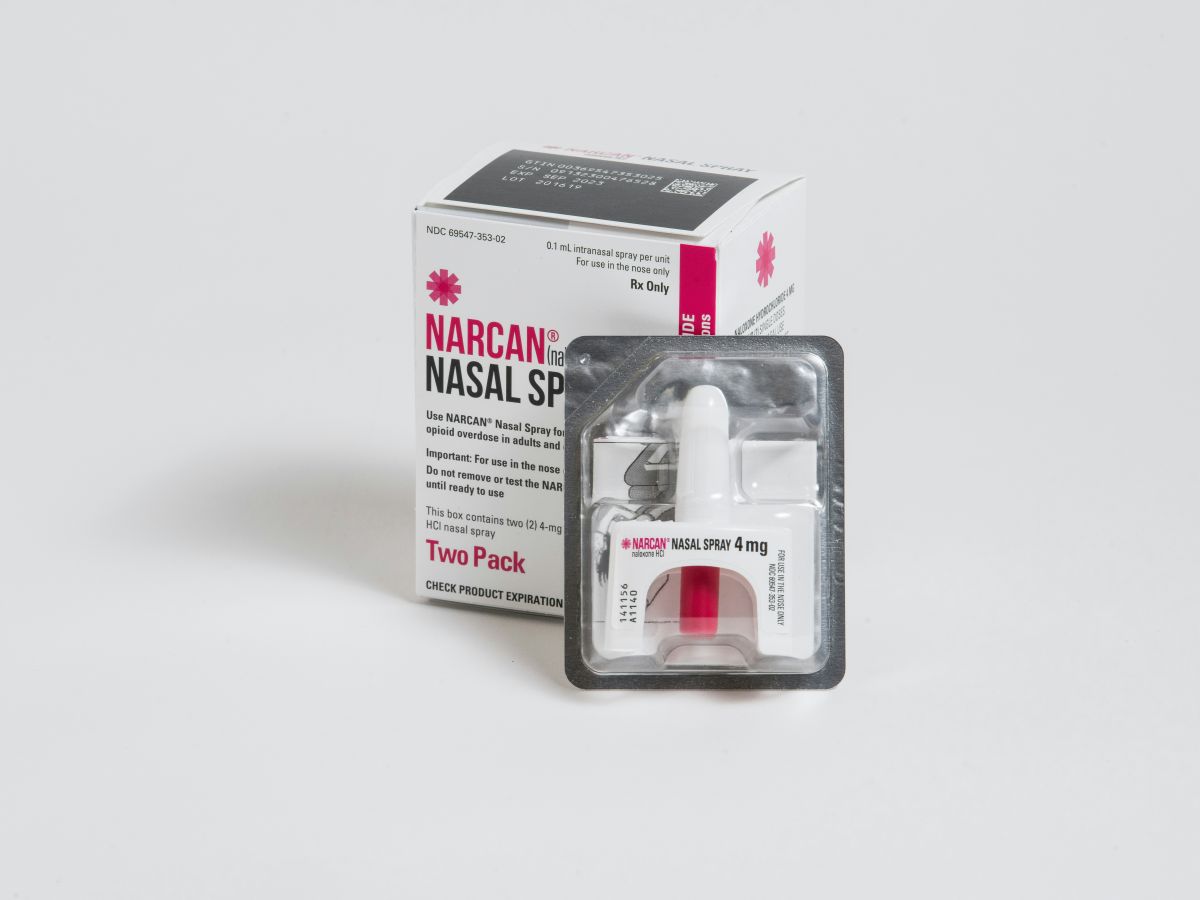Welcome to Empowered Recovery Center
Email address: info@empoweredrecoverycenter.com

Fireworks Anxiety & PTSD on the Fourth of July
July 2, 2025
For many, the Fourth of July is a time of celebration, filled with fireworks, barbecues, and patriotic pride. But for veterans and individuals living with PTSD, the holiday can also bring about intense anxiety and emotional distress. The…

Fun Sober Things to Do in Atlanta This Summer
June 16, 2025
Atlanta’s summers are exciting, with food and music festivals, outdoor activities, and lively social events. It might be tempting for individuals who are in recovery to imagine the idea of summer fun with drinking or going out to p…

Sober 4th of July Activities to Celebrate
June 11, 2025
The Fourth of July is usually associated with barbecues, parties, and alcohol-fueled festivities, but for those in recovery, these settings can be stressful or even dangerous. Holidays have a way of heightening emotions, and for individu…

All Recovery Meeting: Join Us On June 1st
May 21, 2025
Recovery is not a journey that should be taken alone. At Empowered Recovery Center in Atlanta, we understand that community and connection play a crucial role in healing. That’s why we’re excited to invite you to our recovery meeting on …

7 Tips for Staying Sober Memorial Day Weekend
May 9, 2025
Memorial Day Weekend marks the unofficial start of summer. It’s a time filled with barbecues, pool parties, beach trips, and get-togethers with friends and family. Unfortunately, many of these activities also involve alcohol, which can p…

Barriers to Addiction Treatment for African Americans
May 6, 2025
African Americans face unique barriers to addiction treatment that can often deter or prevent them from seeking help. These challenges stem from historical, systemic, and societal factors that influence access to healthcare, trust in med…

Effects of Substance Abuse in Young Adults
April 28, 2025
Substance abuse among young adults and addiction has become a serious public health concern, one with long-term negative effects on society. As people between the ages of 18 and 25 navigate major life transitions, from gaining independen…

Narcan Training & STD Testing w/Georgia Harm Reduction Coalition
April 7, 2025
Harm reduction is an essential part of addressing substance use and public health in a compassionate, effective way. We believe that everyone deserves access to tools and education that can save lives, which is why Empowered Recovery Cen…

Family Empowerment Group: Join Us on March 29th
March 18, 2025
At Empowered Recovery Center in Atlanta, we understand that addiction affects not just the individual struggling but also their loved ones. A strong, healthy, and supportive family system plays a crucial role in recovery. That’s why we h…

Family Empowerment Group: Join us on February 22
February 12, 2025
At Empowered Recovery Center, we believe that addiction recovery is not just an individual journey—it’s a family journey. When a loved one struggles with substance use, the entire family is impacted. That’s why family support and involve…
Program Links
Check Your Insurance Benefits
Empowered Recovery Center is dedicated to providing addiction treatment services to the greater Atlanta area including Acworth, Alpharetta, Canton, Cartersville, Kennesaw, Marietta, Powder Springs, Sandy Springs, and more.
Resources
Connect With Us
-
Empowered Recovery Center
3651 Canton Road,
Marietta, GA 30066
